Reviews
Gary Goddard
USA, 1987
Credits
Review by Kartik Nair
Posted on 13 June 2013
Source Warner Home Video DVD
Categories Failed Franchises
Where do superheroes come from? In The Amazing Adventures of Kavalier & Clay, Michael Chabon gives us an answer. Having fled Nazi persecution in Europe, a young boy flees to America and begins work as an under-paid comic-book artist in New York City. He tries to rescue his family back home from the spreading shadow of the holocaust. Instead, everyone he loves is cornered, decimated. As he learns of their deaths, the artist produces increasingly fervent fantasies of a superhero who can escape even the most elaborate of traps. He calls him the Escapist.
Alas, He-Man comes with no such moving backstory, no artistic suffering or futile shouts at the cruel absurdity of the world. To paraphrase Kavinsky, the year was 1980. Designers at Mattel, the toy-manufacturing giant, struck upon the idea of a generically named, exaggeratedly muscular superhero. Around this figure Mattel’s creative team reverse-engineered a mythology (or as its known in business parlance, a product line): there was He-Man’s alter-ego Prince Adam; his home planet Eternia; Eternia’s guardian the Sorceress; the Sorceress’s seat Castle Greyskull; Greskyull’s nemesis Skeletor; Skeletor’s henchwoman Evil-Lyn. So on and so forth went Mattel, filling out the line, funding a He-Man comic book series here, an after-school He-Man cartoon there. In 1986, sales of the line reportedly touched 400 million dollars. Then came the movie in 1987.
In Masters of the Universe, He-Man is played by Dolph Lundgren. Like Arnold Schwarzenegger before him and Jean-Claude Van Damme after him, Lundgren seems to have been imported from Europe only to headline a low-budget action franchise in Hollywood. In truth, the Swede had first come to America as Grace Jones’ lover and bodyguard. In New York City, Lundgren found work as a bouncer at Limelight, the former Church and present-day boutique marketplace which in the 1980s was all about drugs and disco—“the center of a world of clubland hedonism,” in the words of Frank Owen.1 Lundgren’s days here no doubt helped refine his style of inarticulate grunts, bulging pecs and firm butt, a unique Chelsea-disco/exotic-model affect that would snap right into the visual and narrative world of Masters of the Universe.
As the movie begins, we learn that Skeletor has taken over Castle Greyskull, torched the planet to ashes, and imprisoned the Sorceress under his spell. As played brilliantly by Frank Langella, Skeletor is ambitious and jealous. “After all this time, Greyskull is ours,” says Evil-lyn lustily. “No!!!” he interjects, “Mine.” The movie also gives him a scepter and a literate sense of humor with which to stomp around. Of the team of monstrous minions dispatched to capture He-Man, he muses, “Hmmm… A curious quartet.” When they return empty-handed, tails between their legs (literally) and ask to be given a second chance, he thunders Shakespeare - “I am not in the giving vein today” - before zapping one to oblivion.
It is Skeletor’s misfortune then that he must pay a visit to planet Earth, circa the 1980s. For this is where the Eternian Resistance - led by He-Man - has crash-landed while eluding Skeletor through time-space. “What a primitive and tasteless planet!” Skeletor spits within moments of his arrival, and no wonder. Earth is populated with gorgeously repellent technomaterial - Casio keyboards and Cadillacs - and only occasionally humans—we meet a DJ who “does awesome sets at Club Zero.” Everything and everyone is bathed in a uniform, theatrical shade of Pepto-Bismol neon-pink. The Resistance, of course, fits right in. Flanked by leather daddy Man-At-Arms and butch eco-feminist Teela, He-Man enlists the help of the only earthlings we really meet in the film (a baby-faced, denim-clad Courteney Cox in an early role is one of them). But before you can say “Friends,” Skeletor has He-Man disarmed, enchained, and taken back with him to Castle Greyskull for the Big Final Showdown.
About that showdown. The Israeli businessman duo Golan-Globus had recently taken over at Cannon Films, which was producing Masters of the Universe. As he was preparing to shoot the most storyboarded sequence of the production - the final battle between He-Man and Skeletor by the throne of Greyskull - director Gary Goddard got a call informing him that “this would be the last day of the shoot.” Declining a part of his own salary and wrangling an extension, Goddard valiantly attempted to give his debut feature a climax. It was chaos on set for those few days—and on film for ever after. The climax of Masters of the Universe is an exquisite mélange of extravagantly big-budget sets and suddenly low-budget shots. On the commentary track, Goddard can he heard poignantly, pointlessly directing our attention to details in the background: monumental, larger-than-life statues of the Eternian Gods; fabulous, forty-feet-long golden lame curtains billowing in the near-distance; a Castle Greyskull throne-room constructed over two sound-stages with dozens of moving parts—while in the foreground, Skeletor and He-Man go at it with their swords for all of three minutes. Where the director had fantasized about “doing the greatest swordfight ever put on film,” much of the showdown occurs in conditions of near-blackout, perhaps to obscure the fact that most of the props had been carried away and packed off. Confusion reigns. One moment, Skeletor can be heard commanding his inept centurions “Kill Him!”; a moment later, “No! No! Don’t Kill Him I Want Him Alive!” Meanwhile, Lundgren’s favorite maneuver is to pick someone up and throw him at someone else. It’s bloodless and boring, especially when it happens to Skeletor. In a truly disgraceful come-down, he is last glimpsed falling into the infinite depths of a matte-painted pit, reduced to quoting Schwarzenegger: “I’ll be Back!”
No you won’t. Masters of the Universe instantly combusted at the box office—perhaps ultimately it was too violent to promote a kids’ toy line (too much shooting), but not violent enough as action movies go (those guns never got anyone). Still, the deliriously synthetic textures are its biggest source of pleasure: neon signs, pinwheel filters, Bill Conti’s faux-epic score (written in the shadow of John Williams’ work), Lundgren’s unembarrassed Raeganite hardbody (as Judith Butler had begun writing Gender Trouble), and those laser-guns lighting up the film like another psychedelic rave at Limelight.
- Clubland: The Fabulous Rise and Murderous Fall of Club Culture, Frank Owen, St Martin’s Press, New York, 2003 ↩
More Failed Franchises
-
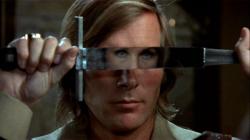
Captain Kronos - Vampire Hunter
1974 -
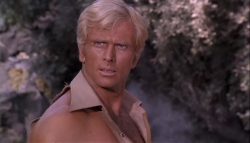
Doc Savage: Man of Bronze
1975 -
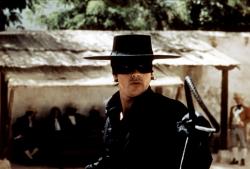
Zorro
1975 -
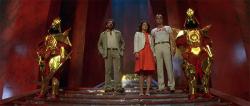
Flash Gordon
1980 -
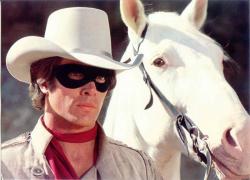
The Legend of the Lone Ranger
1981 -
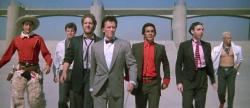
The Adventures of Buckaroo Banzai Across the 8th Dimension!
1984 -
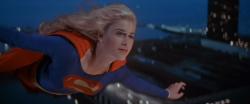
Supergirl
1984 -

Dune
1984 -
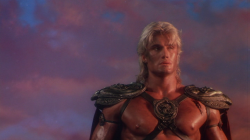
Masters of the Universe
1987 -
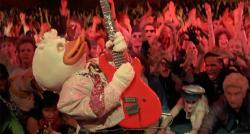
Howard the Duck
1986 -

Willow
1988 -
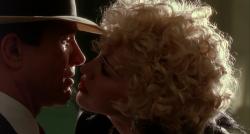
Dick Tracy
1990 -
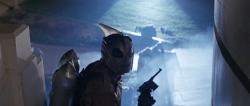
The Rocketeer
1991 -
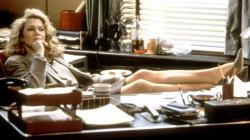
V.I. Warshawski
1991 -
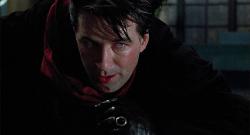
The Shadow
1994 -
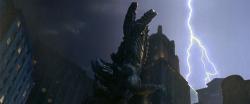
Godzilla
1998 -

The Zero Effect
1998 -
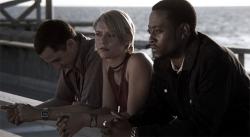
The Mod Squad
1999 -

Hulk
2003 -
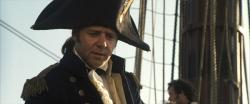
Master and Commander: The Far Side of the World
2003 -
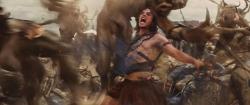
John Carter
2012
We don’t do comments anymore, but you may contact us here or find us on Twitter or Facebook.



